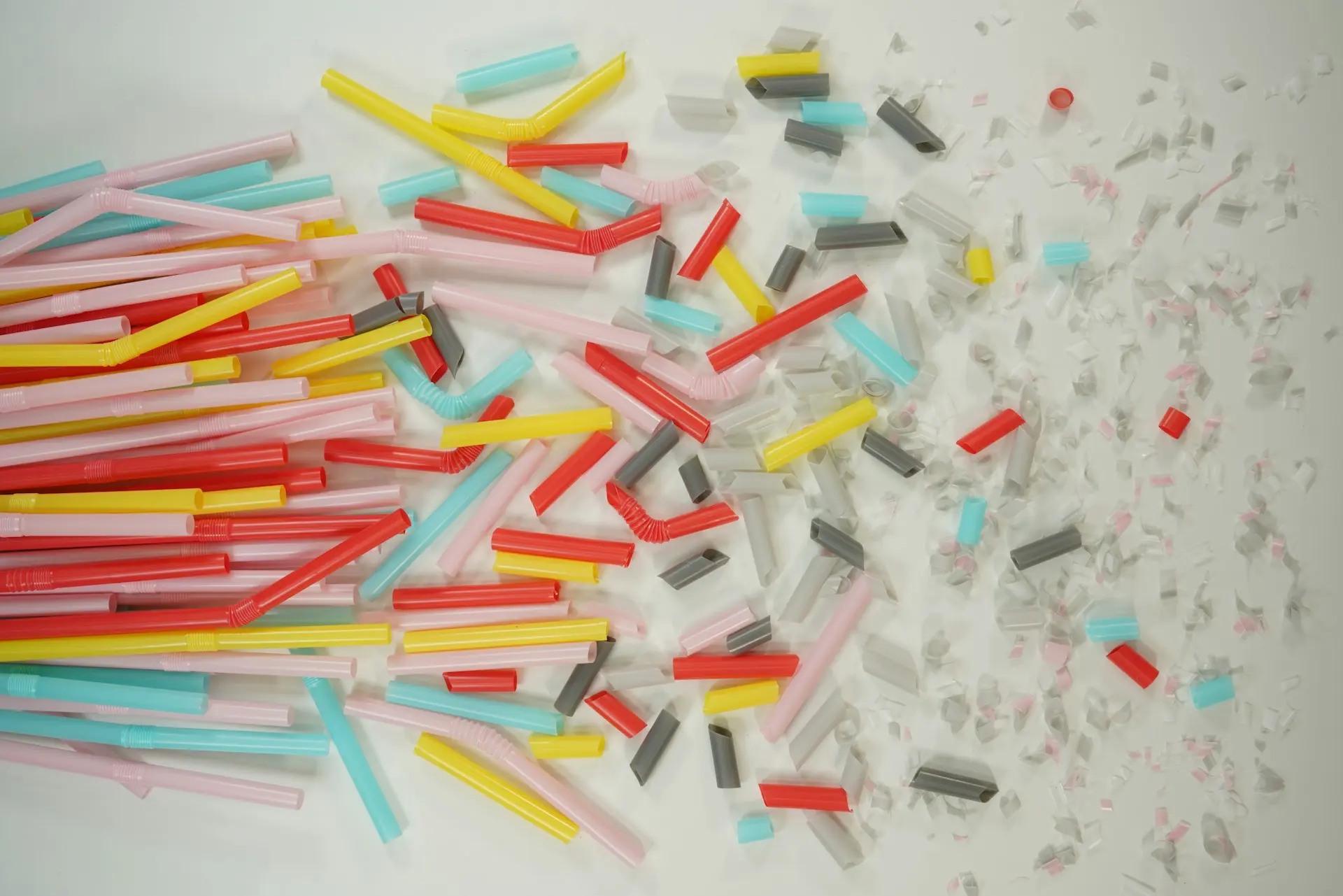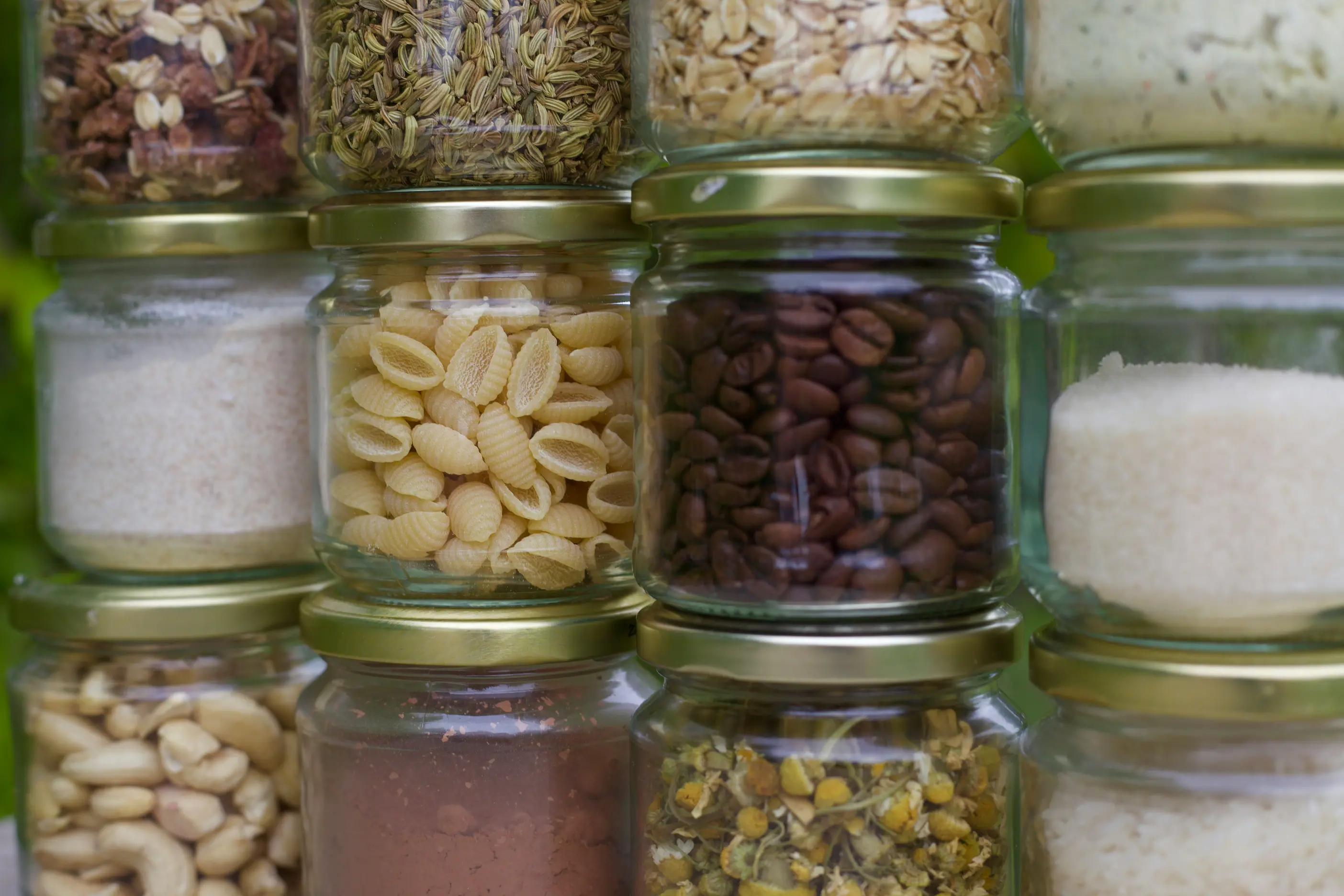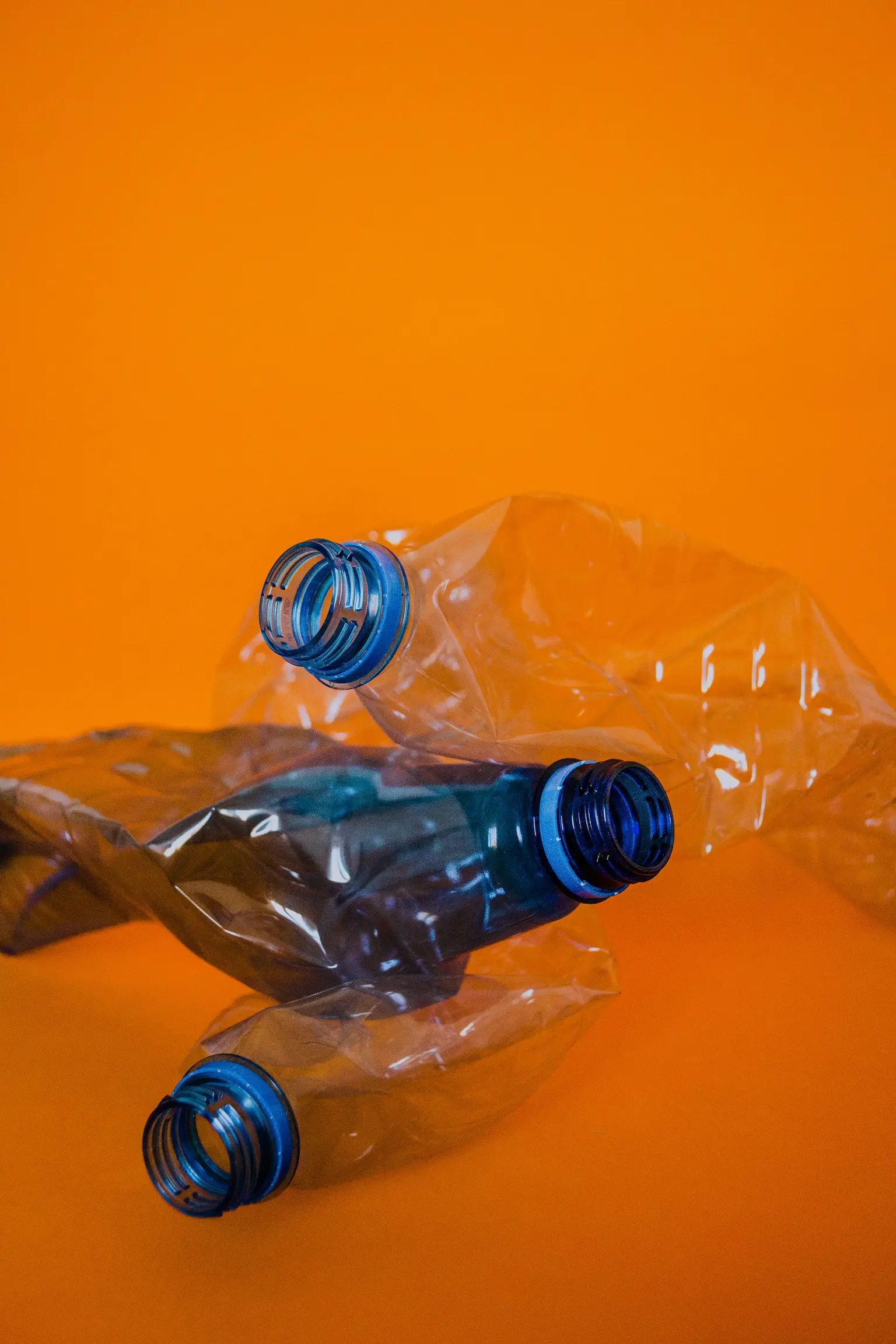A Quick & Pragmatic Guide to Microplastics
Microplastics are everywhere – in our food, water, air, and even our bodies. Understand how microplastics form, where they appear, and how to reduce exposure through practical changes.
How Plastic Degrades (Plastic 101)
- Heat and/or UV = Breakdown: Plastics degrade faster in sunlight and heat, releasing micro- and nanoplastics.
- Friction = Shedding: Rubbing, abrasion, and water flow can physically break plastic into particles.
- Time = Slow Decay: Even without stress, plastic degrades over time — just more slowly.
- These particles end up in your food, water, air — and body.
How to Transition Away from Plastic
Approaches vary. Combine strategies based on budget, urgency, and context:
- Use what you have, and replace with plastic-free or reduced options when it breaks.
- Let go early — donate, sell, or recycle when possible.
- Refuse plastic at the source — choose better alternatives when shopping.
What to Prioritize First
- What goes in your body: Water, food containers, cookware, and air filters.
- What touches your body: Underwear, bed sheets, activewear, base layers, cosmetics (especially those with daily skin contact).
- Your surroundings: Furniture, home office, dust control, car interior.
What Not to Do
- Don't wreck your budget trying to be 100% plastic-free overnight.
- Don't sacrifice a healthy diet — e.g., frozen berries in plastic are still better than no berries.
- Don't compromise essential health tools over plastic concerns.
Focus Where It Matters
Remember that reducing plastic exposure is about progress, not perfection. Even small changes can significantly decrease your microplastic exposure over time. Focus on the areas that matter most for your health, and expand your efforts as your budget and lifestyle allow.
Next Steps
Explore category listings for vetted plastic-free and reduced-plastic alternatives.
References
Microplastics in human blood
Leslie HA et al. (2022). Environment International
Plastic degradation processes
Andrady AL (2011). Marine Pollution Bulletin
Microplastic ingestion estimates
Cox KD et al. (2019). Environmental Science & Technology
Health effects overview
Vethaak AD, Legler J (2021). Science
Microplastics in drinking water
World Health Organization (2019). WHO Report



